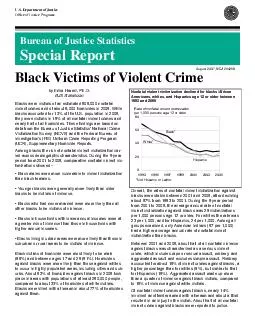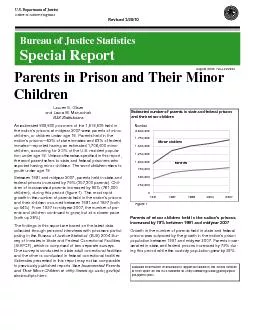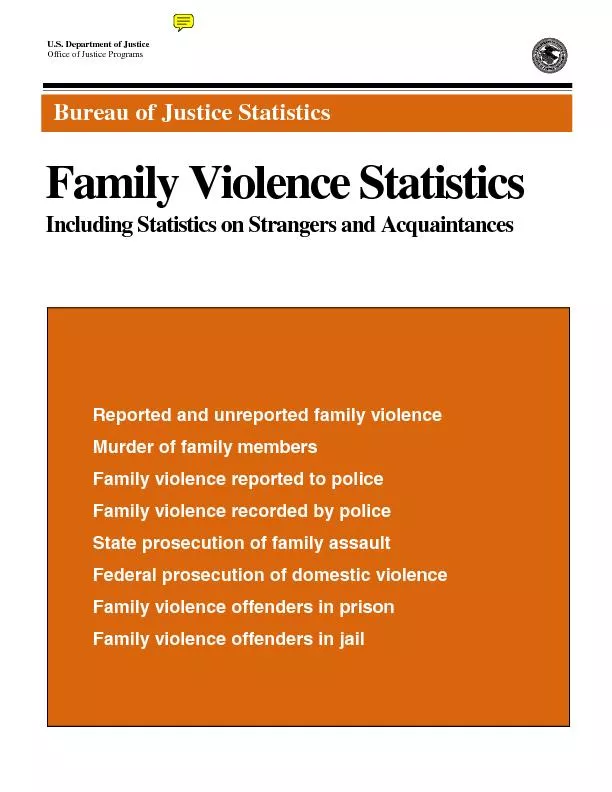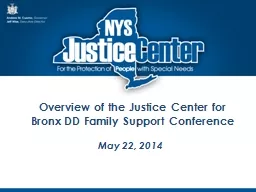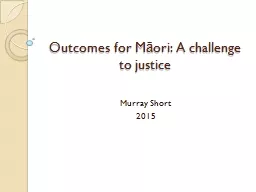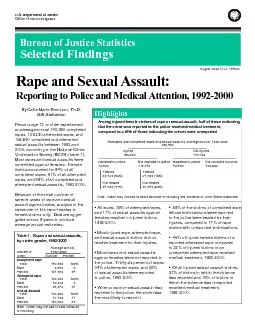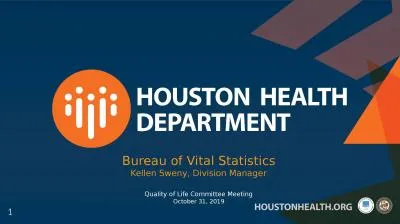PDF-Bureau of Justice Statistics Special Report August NCJ U
Author : lois-ondreau | Published Date : 2014-12-05
S Department of Justice Office of Justice Programs Black Victims of Violent Crime by Erika Harrell PhD BJS Statistician Blacks were victims of an estimated 805000
Presentation Embed Code
Download Presentation
Download Presentation The PPT/PDF document "Bureau of Justice Statistics Special Rep..." is the property of its rightful owner. Permission is granted to download and print the materials on this website for personal, non-commercial use only, and to display it on your personal computer provided you do not modify the materials and that you retain all copyright notices contained in the materials. By downloading content from our website, you accept the terms of this agreement.
Bureau of Justice Statistics Special Report August NCJ U: Transcript
Download Rules Of Document
"Bureau of Justice Statistics Special Report August NCJ U"The content belongs to its owner. You may download and print it for personal use, without modification, and keep all copyright notices. By downloading, you agree to these terms.
Related Documents

